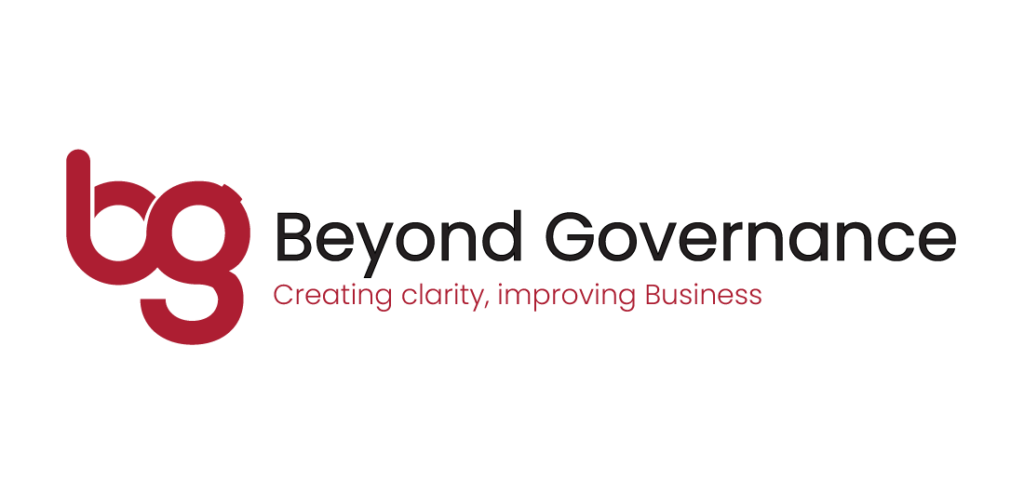It’s easy to think that bullying only takes place in a school environment or just effects those who are less able to stand up for themselves, but this is not the case, anyone can become a victim of the bullying behaviour of others including board directors.
How to identify bullying in the boardroom
The subjects of directors’ duties and board dynamics are often discussed but these rarely talk about how directors treat each other. Being conscious of the personalities and behaviours within a boardroom can help identify any bullying behaviours taking place.
Bullying can take many forms, just a few examples are (a fuller list can be found here):
- A lack of responsiveness, for example not responding to emails, questions, or phone calls;
- Aggressive behaviour, for example shouting, swearing or intruding on personal space;
- Direct harassment based on protected characteristics; and
- Minimisation of role and contribution, for example downplaying suggestions and ideas.
The implication of bullying on governance
Bullying in the boardroom is a serious governance issue for two key reasons. First, and most importantly, it speaks to the culture within an organisation. The board have a responsibility to set the tone from the top and the Corporate Governance Code requires directors to “Act with integrity, lead by example, and promote the desired culture”. If the board are promoting a culture where bullying is condoned or tolerated within the boardroom this will filter down through the rest of the organisation.
Second, board directors are accountable for the most important decisions the organisation makes. If a director is bullied or pressured into making a decision by other board members, they are still held to account for the outcomes of those decisions. A director who feels they are the subject of bullying is also likely to experience issues with their physical and mental health which is likely to impact on their ability to function effectively in their role. If an individual director is not able to function to the best of their ability, it is unlikely that the whole board can truly make good decisions.
How can we prevent this type of behaviour?
Speaking out is usually the most effective way to eliminate bullying in any forum. Whether you are a victim of bullying or a witness to bad behaviour the best way to address it is to call it out so action can be taken to stop it. The Chair has ultimate responsibility for leading the board and ensuring its overall effectiveness by facilitating constructive board relations and the effective contribution of all non-executive directors, therefore the Chair should be the first port of call for directors experiencing any issues. However, if the Chair is the problem, the Senior Independent Director or Company Secretary can act as a good sounding board for any director who feels they are a victim of bullying.
A longer-term solution to prevent bullying is for the board to ensure the company culture promotes integrity and openness and sets a high standard of behaviours expected of both employees and directors. When a company appoints a new director, or a director takes on a new appointment they should not overlook the importance of the group dynamics and the personalities of existing directors to ensure a good cultural fit.
Any director who feels they are the victim of bullying but that they can’t raise the issue with the company should look to get advice from an independent employment lawyer. Non-executive directors’ letters of appointment often allow for directors to seek advice from independent advisers at the Company’s expense in relation to their duties as a director.
For more on bullying in the boardroom see the following article by Shefaly Yogendra PhD: https://shefaly-yogendra.com/2021/06/09/bully-in-the-boardroom/




